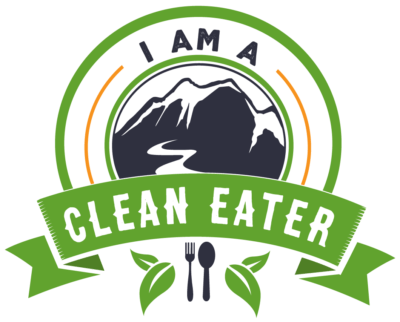When you’re shopping, are you the person that tosses anything that says ‘Organic’ into your cart? Or do you take a few extra seconds to look at the ingredient list and understand what ingredients are in the product you’re buying? Often, I look for things that are Beyond Organic. The following 3 things are what I’m looking for when I’m shopping for my family and curating for my shop.
- Local Organic
- Wild
- Biodynamic
Local Organic
Local Organic is a term I coined back in 2018 when I introduced the What are you Buying pyramid. The term pertains mostly to produce. It is critical in understanding the difference between organic produce from your favorite retailer versus organic produce grown from your local farmers. Ask questions to the produce manager when you are in the supermarket, such as ‘where was this apple grown’? Often the person doesn’t have the answer because they didn’t think to ask the question themselves. It’s not great but it’s the system that’s currently place. Local organic produce is generally available at farmer’s markets. There you can ask the grower questions such as where/how they farm, and if they offer tours. Getting to know your farmer and understanding where your food comes from is paramount to Clean Eating.
Wild
Wild items are anything from wild game to wild fruit and nuts. When you see this term being used, it generally means that those items are living/growing in their natural habitat. Also that it was harvested in the wild. I have items in my shop that include pecans, blueberries, venison, and boar. In fact, the wild pecans are so different in size and flavor! They are smaller, and the flavor is sweeter and buttery, unlike their industrial (organic or regular) counterparts that are larger, somewhat sweet with the initial bite and then bitter on the backend. Wild foods are generally cleaner and more nutritionally dense.
Biodynamic
Biodynamic is a holistic method of farming. The farmer is following principles that engage in the sustainability of the land and the nutrient density of the soil. It’s an attempt to mimic the wild. You start with organic material and plant complementary items for the health of the soil and the environment.
Organic production methods (for produce) engage in monoculture growing practices where there are rows and rows of a single crop grown. Those items are not ‘giving back’ to the land. Organic produce isn’t sprayed with glyphosate but there are other chemicals that are ‘approved’ for organic growing. Organic production methods (for animals) engage in the same methods as industrial. The difference being the animal is giving an organic feed (corn/soy) versus traditional corn/soy. Usually the feed was sprayed with chemicals (including glyphosate). ‘Organic’ chickens, for example, are still raised in the same silos as their non-organic counterparts.
Hopefully on your next shopping trip, you’ll be more aware of how to read the ingredient list versus simply reading the marketing that is often deceptive. Now, ask yourself, are you ready to ‘up your game’?
Stay tuned, I’ll be rolling out the details of the 5 Phases of Clean Eating. These five steps will be your guide to knowing where to start your journey and to understand where you are on your journey.
To see all our videos on the clean eating lifestyle, CLICK HERE to visit our YouTube channel and make sure to subscribe.
Follow us on Facebook, Instagram and Pinterest so you never miss a thing.

